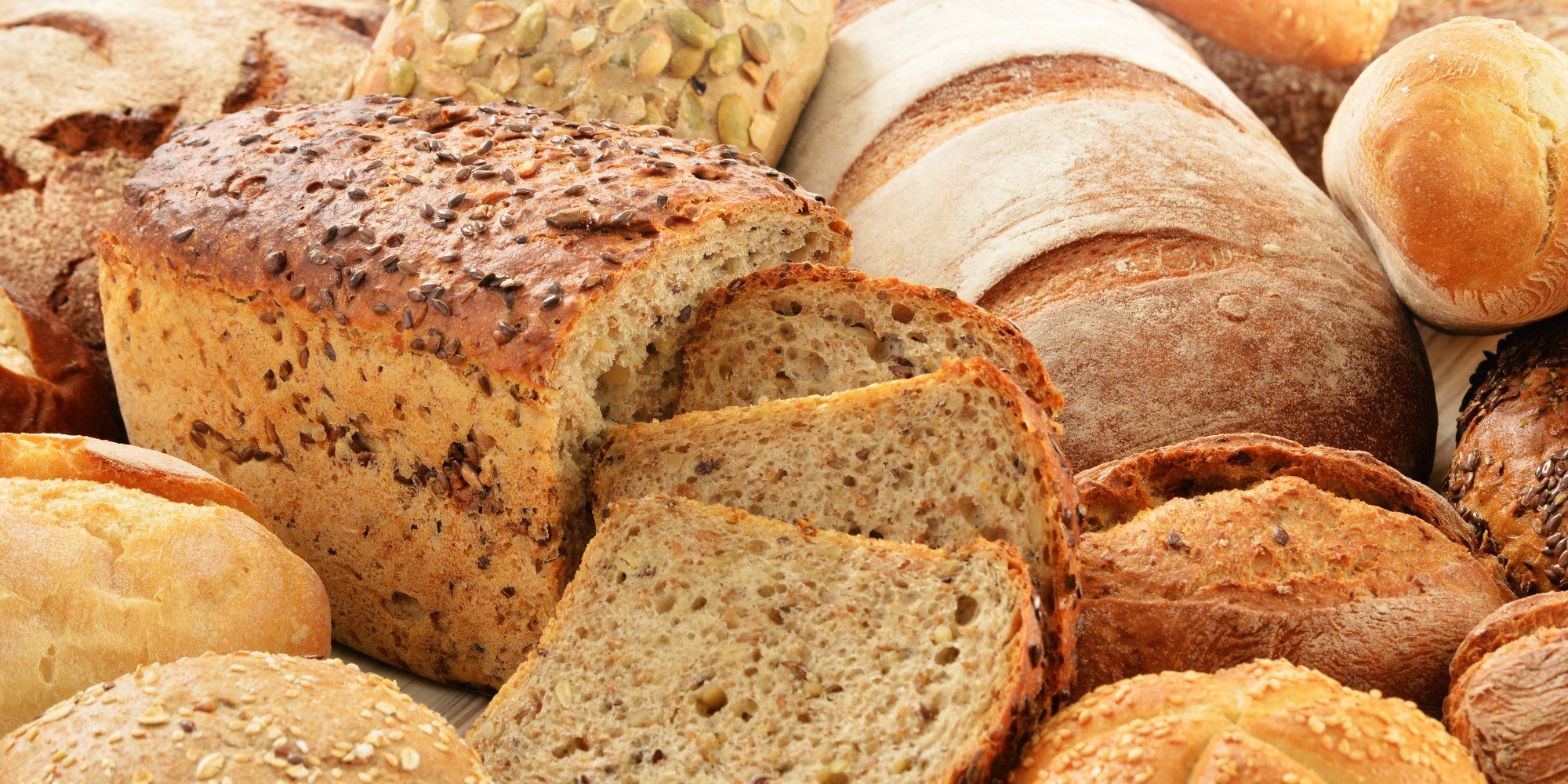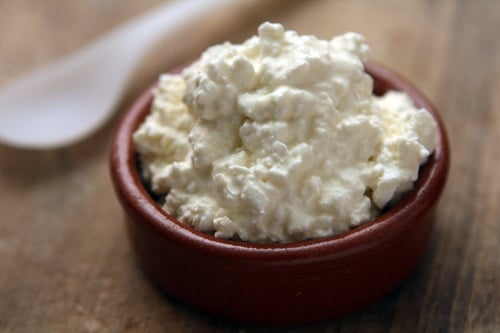Our kidneys are delicate yet vital organs. By removing unwanted fluid in our bloodstreams, they perform some very important functions in our bodies. Not only do they keep our bloodstream healthy, they also regulate blood pressure by keeping an appropriate salt and water balance. A high-salt diet can alter this precise regulatory function within our bodies leading to higher blood pressure, and the many diseases linked to this, as well kidney failure and other kidney related diseases.
Several research papers have cited salt as a silent killer precisely because many supermarket foods contain surprisingly high amounts of sodium. In the UK, 3 per cent of the National Health Service’s entire budget is spent solely on treating kidney disease. So what foods do we have to be careful with if we want to reduce our daily sodium intake? Here are a few to watch out for.
1. Cereal
Cereals are healthy, right? That’s how many big cereal brands promote themselves in our supermarkets today, but even some of the so-called “healthy” options contain alarming amounts of salt. Many cereals have up to 12 per cent of the daily recommended intake in only one serving. That’s 180 to 300mg of sodium per serving. A better option is plain oatmeal topped with a serving of fresh fruit, which will help you towards a much healthier daily intake.
2. Bread
Another staple breakfast food that is often promoted as part of a healthy balanced diet, but some supermarket brands of bread can contain very high amounts of sodium. A study carried out in 2011 showed that brown bread, the supposedly healthier variety, which is a good source of fibre, made up four of the five saltiest loaves in a sample of 300 popular brands in the UK. The figures, put together by the Consensus Action on Salt & Health (CASH) campaign group, suggest that a child aged four to six could exceed their recommended daily intake just by eating a sandwich made using one of the popular brands.
3. Cottage Cheese
Cottage cheese can be a nutrient-filled addition to any breakfast or snack. It packs in a good amount of calcium, is relatively low in fat and is a surprisingly good source of protein. However, some varieties can also have surprising amounts of sodium in them. One serving can contain almost 1000mg of sodium which is about 40 per cent of your recommended daily intake. Greek yoghurt, which contains a small fraction of the sodium, is a great protein-rich substitute.
4. Hot Chocolate
Much like cereal, we wouldn’t bat an eyelid seeing it on a high-sugar foods list, but it’s surprising to see how much salt some of the well-known supermarket brands of hot chocolate contain. One serving can contain 7 per cent of your recommended intake. That’s a lot of salt for a drink! Bearing in mind a regular serving can contain about 20g of sugar too, it may be delicious but it ain’t healthy.
5. Seafood
Seafood can be a fantastic source of omega-3 fatty acids and can be a great aid to healthy heart function. Fresh salmon, for example, can help to lower cholesterol and lower blood pressure. It’s always very important to know how your seafood is prepared though. Canned tuna can contain up to 300mg of sodium in a small serving, whilst four large shrimp can contain 200mg. Always read the tin carefully, which leads us to our final point..
6. “Reduced-Sodium” Foods
It’s so easy to be led astray these days by supermarket labelling into thinking we’re going for a much healthier option when really we are not. When it comes to sodium content in foods, it’s important to distinguish between two types of labels. These are “reduced sodium” and “low sodium”. According to FDA regulations, “low sodium” label foods must contain 140mg of sodium or less, whilst “reduced sodium foods” contain 25 per cent less than the original product. A canned soup that could contain up to 1000mg of sodium therefore, would still contain a very high 750mg, about 30 per cent of your daily value.














































